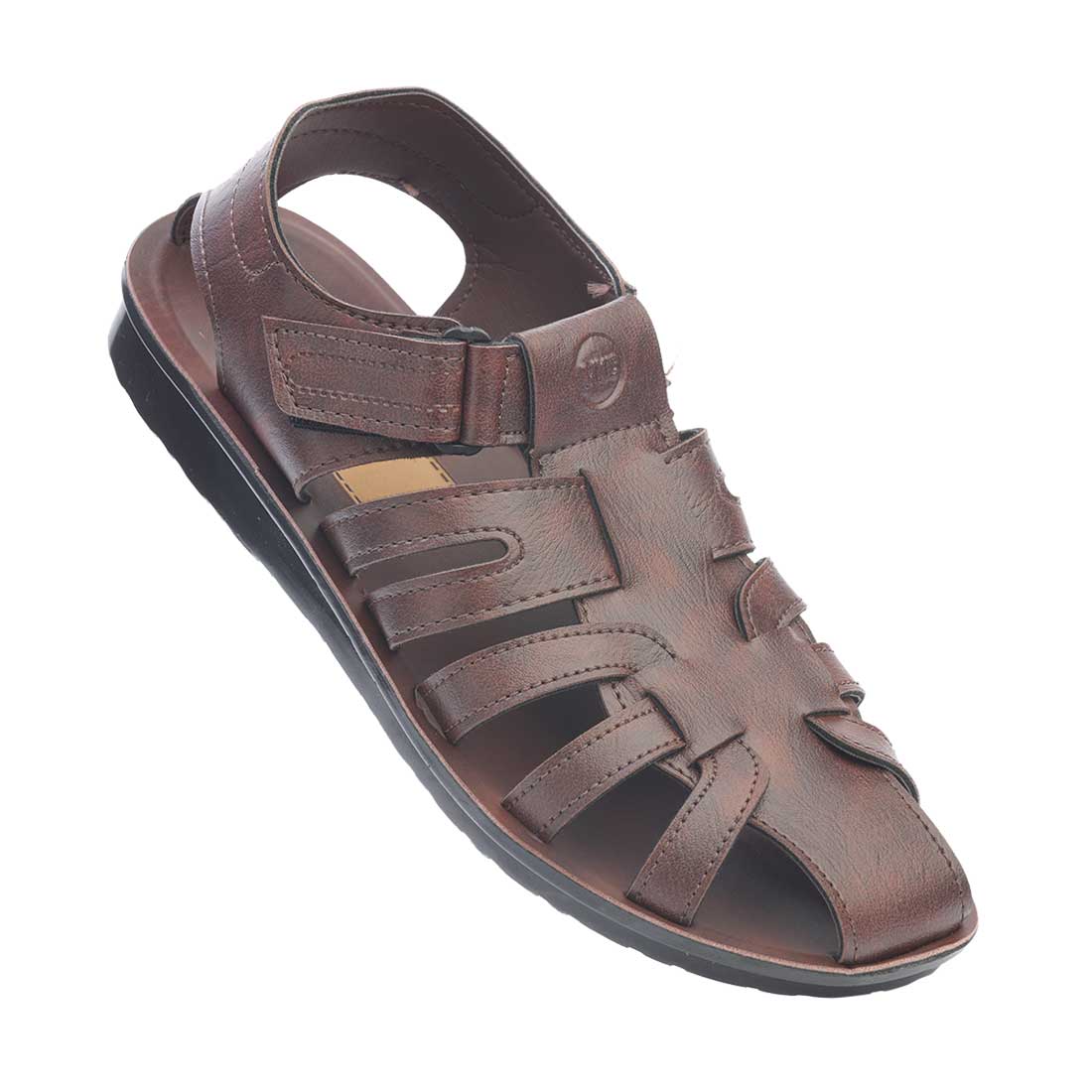Arrow Selection Questions
UNDERSTANDING ARROWS AND SELECTION
There are many different types of arrows available for the traditional archer. Most common arrows are: Wood, Carbon and Aluminum. There is no wrong choice for the type of arrow for your bow, but you need to make sure you choose the right arrow within the chosen type. Each kind of arrow has a "Spine" or deflection rating. This "Spine" is the amount of stiffness or flex that the arrow has. This is important because the arrow needs to flex or bend around the bow as it passes the bow, this is called the "archer's paradox". The type of bow you shoot, draw weight, draw length and point weight all play a part in selecting the right arrow for your bow.
Carbon: arrows built from carbon material and are generally very straight and keep their straightness overtime. Generally speaking, Carbon arrows are the most durable arrows because they can take an impact and still stay straight.
Aluminum: arrows built from aluminum and generally straight and keep their straightness overtime. Generally speaking, aluminum arrows are not as durable as carbon arrows because they more easily damaged or bent when they take an impact.
Wood: arrows built from wood material like cedar that require the arrow to be straightened by hand from time to time. Generally speaking wood arrows take the most work to keep straight and are the most vulnerable to impact damage.
Wood arrows seem to fly the best off a wood bow if properly spined and straightened. I recommend that if you have the time to hand straighten, then you should shoot wood arrows, if you lack the time or diligence to hand straighten, then go with carbon.
Points and Broadheads
Every arrow will need to have a point or arrowhead at the end and this depends on your intended use for the arrow. Field points are used for target archery and broadheads are used for hunting. In general all points have a weight associated with them which is referred to as the "Grain" of the point. In general if you plan on bowhunting, then you should practice with a 125Grain field point, and then install a 125 Grain Broadhead when going out to bowhunt.
Knowing your arrow length
Once you have established your draw weight and your draw length, we suggest adding 1 inch to the draw length to determine your Arrow Length. This will extend the arrow past the bow and make sure that your broadhead does not hit your bow at full draw.

